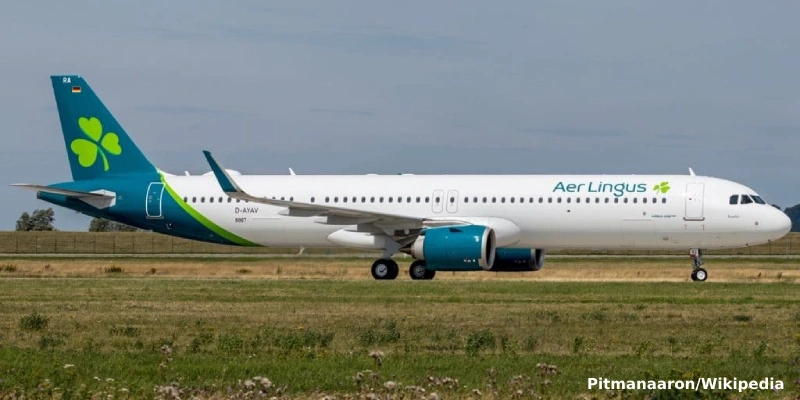GOL Linhas Aéreas Inteligentes, one of Brazil’s leading airlines, announced on Friday that it has secured binding commitments for $1.9 billion in financing as part of its restructuring process under Chapter 11 of the U.S. Bankruptcy Code. This operation, a key component of its recovery strategy, was managed through the U.S. Bankruptcy Court for the Southern District of New York.
A Six-Month Intensive Process
Over six months, GOL conducted a highly competitive investor search. As a result, it secured strong commitments led by Castlelake, L.P. and Elliott Investment Management, L.P., referred to as the “Anchor Investors.” These investors committed to acquiring up to $1.25 billion of the total financing.
Additionally, GOL reached an agreement with an ad hoc group of bondholders holding 8.00% secured notes due 2026, issued by Gol Finance (Luxembourg). This group initially committed $125 million but later reduced its participation to $50 million, freeing up space for new investors.
→ Gol Cuts Losses by 63.7% in Q1 Thanks to Surge in Demand
Higher-Than-Expected Demand and Rate Adjustments
GOL needed an additional $495.5 million to complete the financing, but demand exceeded expectations, with commitments reaching $796.9 million. This oversubscription allowed the airline to lower the financing’s interest rate from 14.625% to 14.375%, a positive signal for its future viability.
In line with this adjustment, the ad hoc group also agreed to reduce its “Work Fee” from $10 million to $4 million and decrease its initial commitment, thereby increasing the amount available to other investors to $570.5 million.
Final Financing Structure
With the court’s confirmation of the restructuring plan, the exit financing will be allocated as follows:
- $1.25 billion from the Anchor Investors
- $50 million from the ad hoc group
- $30 million from participation in the 2026 rights offering
- $570 million committed by other investors
How Will the Capital Be Used?
The funds will enable GOL to settle obligations under the “debtor-in-possession” financing secured at the start of the Chapter 11 process, as well as cover transaction costs. They will also strengthen the company’s liquidity upon exiting the restructuring, providing working capital and operational support for its future activities.
Related Topics
Austrian Airlines Begins Short- and Medium-Haul Fleet Renewal with First Embraer 195 Retired
Madrid-Barajas Airport handled nearly 5.5 million passengers in November, a 3.9% increase
Aer Lingus to Fly Between Dublin and Pittsburgh Starting May 2026
Air France to Open New VIP Lounge at London-Heathrow in 2026

Plataforma Informativa de Aviación Comercial con 13 años de trayectoria.




